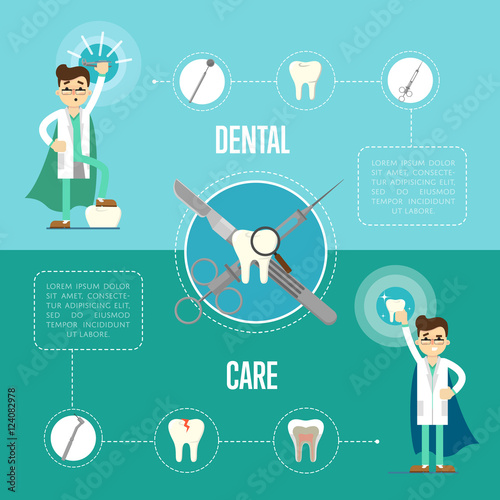The Development Of Oral Surgery: Pioneering Technologies And Advances Defining The Area
The Development Of Oral Surgery: Pioneering Technologies And Advances Defining The Area
Blog Article
Writer-Petersson Dowd
Welcome to the world of dental surgery, where innovations and advancements are shaping the future of the field! In teeth cleaning near me , you'll witness the transformative power of robotics, the innovative wonder of 3D printing, and the game-changing influence of minimally intrusive strategies.
The future of oral surgery holds a guarantee of precision, effectiveness, and enhanced person outcomes. With the help of advanced robotics, surgeons have the ability to carry out complex procedures with better precision and control.
3D printing technology is revolutionizing the production of dental implants and prosthetics, supplying tailored options that fit effortlessly into each individual's special composition.
In https://caton-and-taylor-gainesvi73940.blogacep.com/38226826/in-sedation-dentistry-stress-and-anxiety-dissolves-making-dental-visits-extra-pleasurable-find-how-these-techniques-can-transform-your-experience-in-the-chair , minimally intrusive methods are reducing post-operative discomfort and recuperation time, allowing clients to go back to their daily lives faster.
Prepare to check out the amazing developments and breakthroughs that are improving the landscape of oral surgery!
Improvements in Robotics
One major improvement in dental surgery is using robotic innovation, which enables accurate and reliable surgeries. With the help of robot systems, oral surgeons have the capability to execute complicated surgical treatments with improved accuracy, lessening the threat of human mistake.
These robot systems are geared up with innovative imaging modern technology and accurate instruments that enable doctors to browse via elaborate physiological structures effortlessly. By using robot modern technology, doctors can accomplish greater medical precision, leading to enhanced client outcomes and faster healing times.
Furthermore, the use of robotics in dental surgery enables minimally intrusive procedures, reducing the injury to bordering tissues and advertising faster recovery.
3D Printing in Dental Surgery
To enhance the area of dental surgery, you can discover the subtopic of 3D printing in oral surgery. This innovative technology has the possible to reinvent the method oral surgeons operate and treat patients. Below are four crucial methods which 3D printing is shaping the field:
- ** Customized Surgical Guides **: 3D printing allows for the development of extremely exact and patient-specific surgical overviews, improving the precision and effectiveness of treatments.
- ** Implant Prosthetics **: With 3D printing, dental surgeons can produce customized implant prosthetics that perfectly fit a client's distinct composition, resulting in better outcomes and individual complete satisfaction.
- ** Bone Grafting **: 3D printing enables the production of patient-specific bone grafts, reducing the demand for typical grafting methods and boosting healing and healing time.
- ** Education and Training **: 3D printing can be used to develop reasonable medical designs for instructional purposes, enabling dental surgeons to practice complex procedures prior to executing them on clients.
With its possible to improve accuracy, modification, and training, 3D printing is an interesting growth in the field of dental surgery.
Minimally Intrusive Strategies
To additionally progress the field of oral surgery, accept the potential of minimally invasive techniques that can greatly benefit both cosmetic surgeons and patients alike.
Minimally intrusive strategies are changing the field by lowering medical trauma, reducing post-operative pain, and increasing the healing process. These methods involve making use of smaller lacerations and specialized tools to carry out procedures with precision and effectiveness.
By making country bonding of innovative imaging technology, such as cone beam computed tomography (CBCT), doctors can properly plan and perform surgeries with very little invasiveness.
Additionally, making use of lasers in dental surgery allows for specific tissue cutting and coagulation, resulting in decreased blood loss and decreased healing time.
With minimally invasive methods, individuals can experience much faster recuperation, decreased scarring, and improved results, making it an important element of the future of dental surgery.
Final thought
So, as you can see, the future of dental surgery is extremely appealing, with interesting technologies and breakthroughs forming the area.
From the developments in robotics to making use of 3D printing and minimally intrusive strategies, dental doctors are transforming the means they offer care.
While some may worry about the potential expense related to these advancements, it's important to bear in mind that these technologies ultimately boost individual end results and decrease recuperation time, making them well worth the financial investment in the long run.
